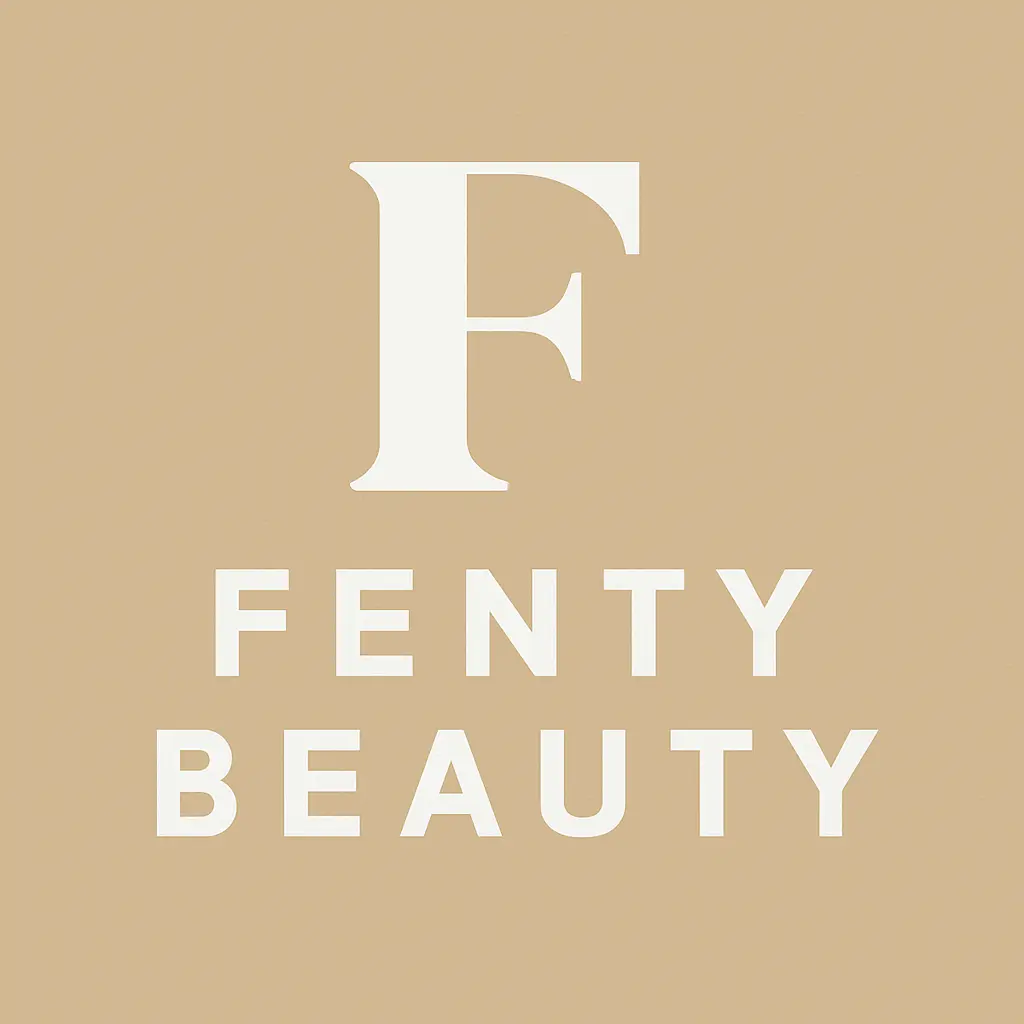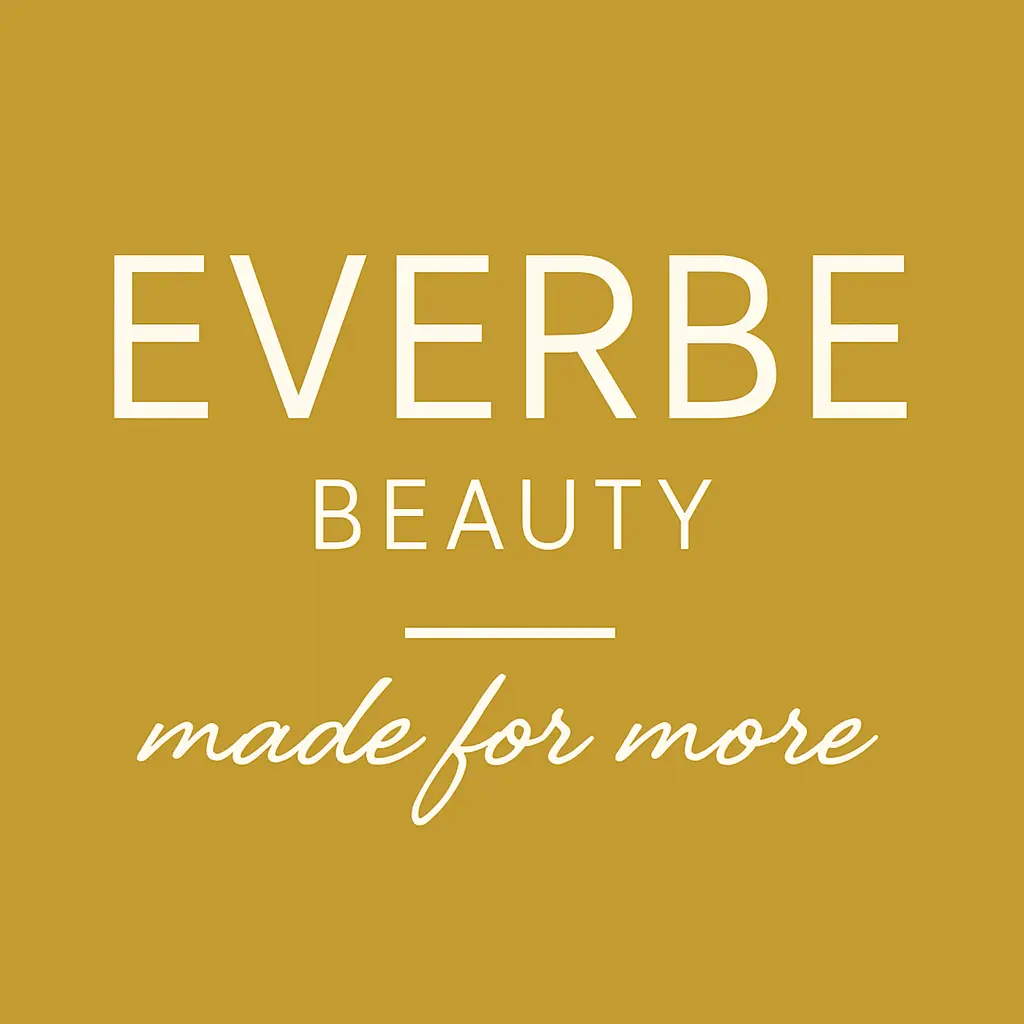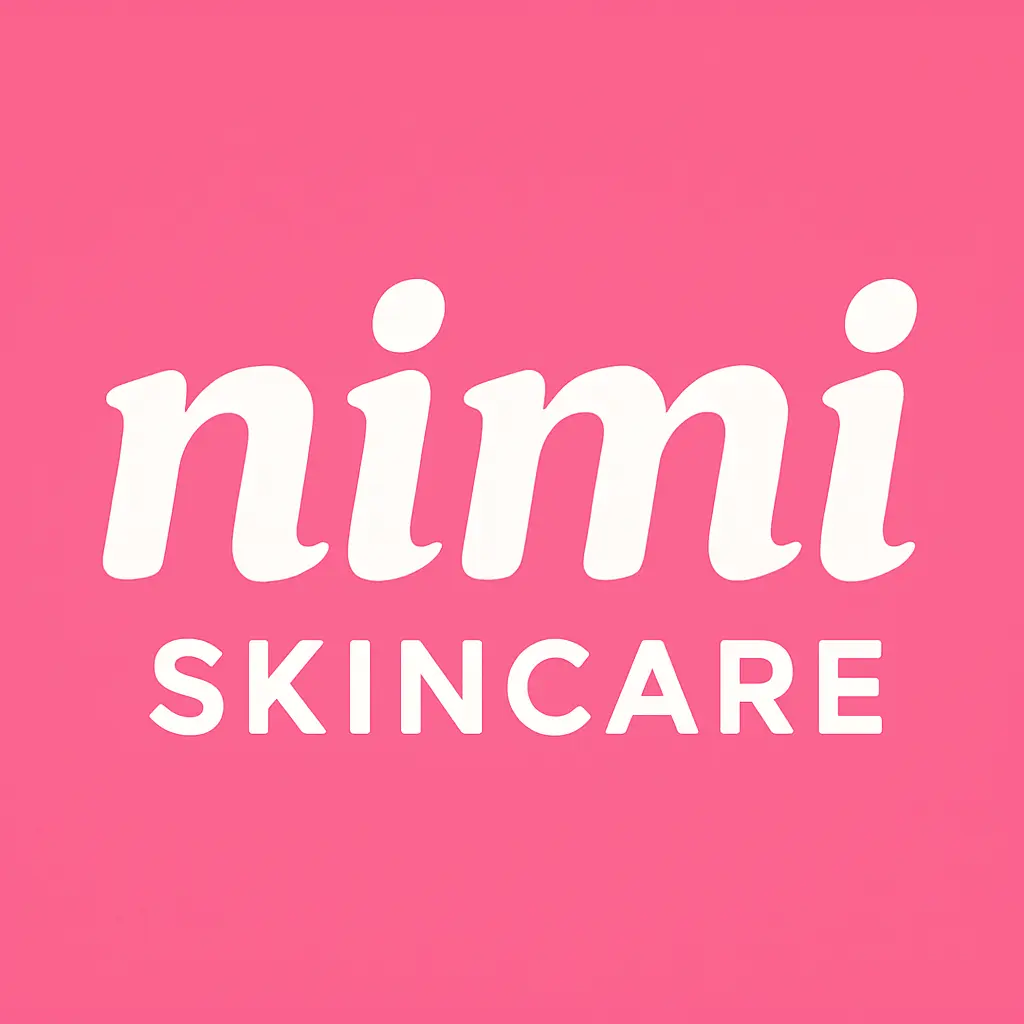Fenty Beauty rose from Rihanna’s vision in 2017 and turned the beauty world upside down with a foundation line that claimed to serve everyone. Its early promise was wall-to-wall inclusivity: hundreds of shades, bold campaigns, and the message that all skin deserves representation. The packaging is sleek, the marketing is loud, and the social feed is a crowd of voices trying to scream inclusion.
Over time, Fenty Beauty leaned harder into activist imagery. Beyond makeup, the brand now wraps itself in DEI language, partnerships, and cause marketing. The message is clear: your skin tone is part of a social statement. But as with many beauty-to-activism hybrids, the question lingers: is it real change, or just well‑branded virtue?









